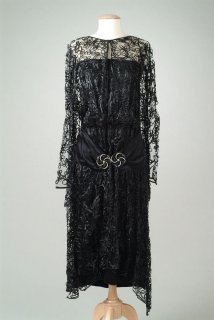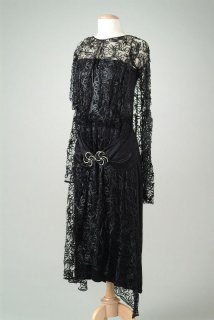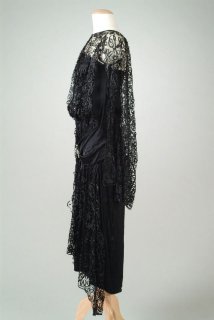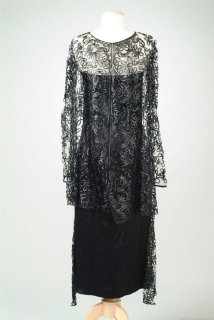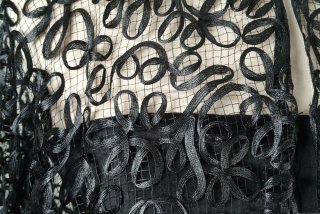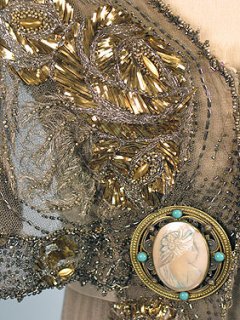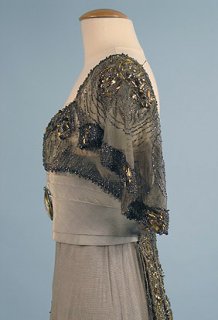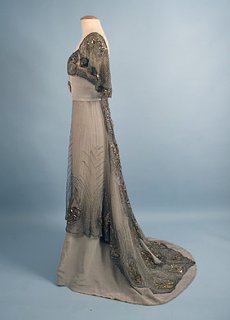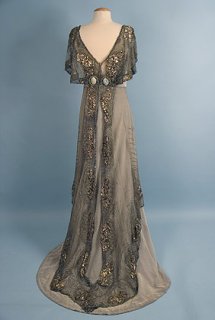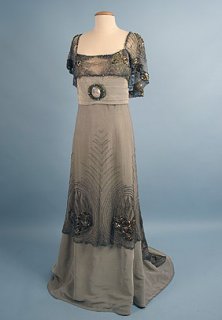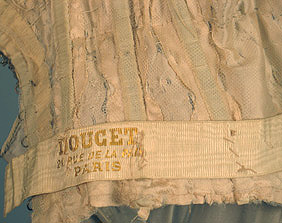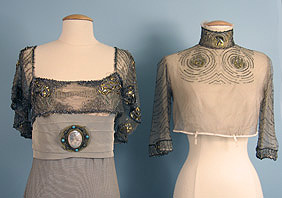SomethingElse
Press escape to continue.
- Joined
- Mar 22, 2007
- Messages
- 5,445
- Reaction score
- 0
Jacques Doucet (1853 - 1929) was a French fashion designer, known for his elegant dresses, made with flimy translucent materials in superimposing pastel colors.
He was born in Paris in 1853 to a prosperous family whose lingerie and fine linens business, Doucet Lingerie, had flourushed in the Rue de la Paix since 1816. In 1871, Doucet opened a salon selling ladies apparel. An enthusiastic collector of eighteenth-century furniture, objets d'art, paintings and sculptures, many of his gowns were strongly influenced by this opulent era. A designer of taste and discrimination, Doucet valued dignity and luxury above novelty and practicality and therefore gradually went out of popularity during the 1920s. By far his most original designs were those he created for actresses of the time. Cecile Sorel, Rejane and Sarah Bernhardt (for whom he designed her famous white costume in L'Aiglon) all often wore his outfits, both on and off the stage. For the aforementioned actresses he reserved a particular style, one which consisted of frills, sinuous curving lines and lace ruffles the colors of faded flowers.
A passionate collector of art and literature throughout his life, by the time of his death he had a magnificent collection of Post-Impressionist and Cubist paintings (including "Les Demoiselles d'Avignon", which he bought direct from Picasso's studio), as well as two libraries of manuscripts by contemporary writers, both of which he left to the French nation.
While little-remembered today, in his time he was equalled to the likes of Charles Worth and Jeanne Paquin and even now is remembered by fashion historians as one of the great old masters of fashion design.
Also see: http://www.designerhistory.com/historyofashion/doucet.html
Ensemble (Dress), 1920–1923, wool, silk, glass;

metmuseum.org
















